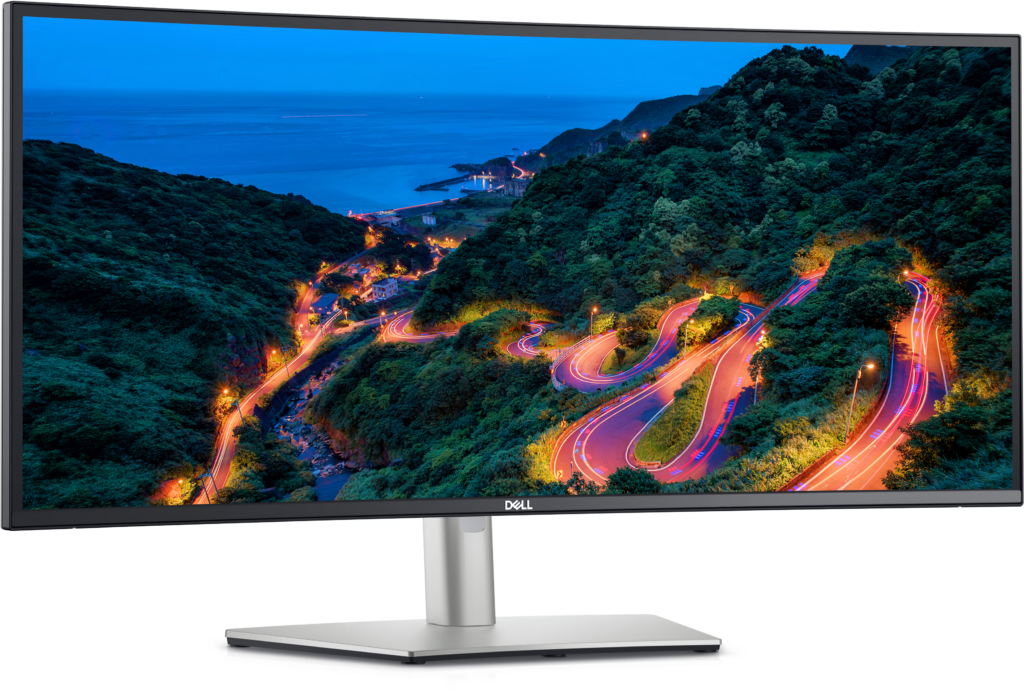
In today’s fast-paced digital world, ensuring the optimal performance and longevity of your computer is essential. Whether you’re a tech enthusiast, a professional, or an average user, monitoring your computer’s hardware is a crucial task. In this article, we will delve into the intricacies of monitoring computer hardware, providing you with valuable insights and tools to keep your system running smoothly.
TABLE OF CONTENTS
- Understanding the Importance of Hardware Monitoring
- Types of Computer Hardware to Monitor
- Central Processing Unit (CPU)
- Random Access Memory (RAM)
- Graphics Processing Unit (GPU)
- Storage Devices (HDD/SSD)
- Monitoring Software: Your Essential Toolkit
- Task Manager
- Resource Monitor
- Third-Party Monitoring Tools
- Real-time Monitoring vs. Periodic Check-ups
- Detecting and Addressing Hardware Issues
- Overheating
- High Memory Usage
- Disk Errors
- Optimizing Hardware Performance
- CPU Overclocking
- Memory Management
- Disk Cleanup and Defragmentation
- Remote Hardware Monitoring: A Necessity for IT Professionals
- Ensuring Hardware Compatibility
- Hardware Compatibility Lists (HCLs)
- Compatibility Testing
- Best Practices for DIY Enthusiasts
- The Future of Hardware Monitoring
- Artificial Intelligence Integration
- Predictive Maintenance
- The Bottom Line: A Well-Maintained Computer
- Conclusion
UNDERSTANDING THE IMPORTANCE OF HARDWARE MONITORING
Your computer’s hardware components work tirelessly to execute tasks and run applications. Over time, they can undergo wear and tear, leading to performance degradation or even complete failure. Monitoring your hardware allows you to keep a close eye on its health and functionality.
TYPES OF COMPUTER HARDWARE TO MONITOR
Central Processing Unit (CPU)
The CPU is the brain of your computer, responsible for executing instructions and calculations. Monitoring its temperature and usage can help prevent overheating and ensure optimal performance.
Random Access Memory (RAM)
RAM provides temporary storage for data that your computer is actively using. Monitoring RAM usage helps identify memory-hungry applications and potential bottlenecks.
Graphics Processing Unit (GPU)
If you’re into gaming or graphic-intensive tasks, monitoring your GPU’s temperature and performance is essential to prevent overheating and ensure smooth graphics rendering.
Storage Devices (HDD/SSD)
Hard disk drives (HDDs) and solid-state drives (SSDs) store your data. Monitoring disk health and usage can help detect early signs of failure and optimize storage performance.
MONITORING SOFTWARE: YOUR ESSENTIAL TOOLKIT
To monitor hardware effectively, you need the right tools. Windows users can rely on built-in tools like Task Manager and Resource Monitor, while third-party monitoring software offers advanced features and customization options.
REAL-TIME MONITORING VS. PERIODIC CHECK-UPS
Real-time monitoring provides instant insights into hardware performance, making it ideal for diagnosing issues on the fly. Periodic check-ups, on the other hand, involve scheduled scans and tests to maintain long-term health.
DETECTING AND ADDRESSING HARDWARE ISSUES
Hardware problems can arise unexpectedly. Overheating, excessive memory usage, and disk errors are common issues that can be easily identified and addressed with proper monitoring.
OPTIMIZING HARDWARE PERFORMANCE
For power users and gamers, optimizing hardware performance can provide a significant boost in speed and responsiveness. Techniques like CPU overclocking, memory management, and disk cleanup play a vital role in this process.
REMOTE HARDWARE MONITORING: A NECESSITY FOR IT PROFESSIONALS
IT professionals managing multiple computers benefit from remote hardware monitoring. It allows them to track the health of numerous systems from a central location, minimizing downtime and ensuring smooth operations.
ENSURING HARDWARE COMPATIBILITY
Before upgrading or replacing hardware components, ensure compatibility with your existing system. Hardware Compatibility Lists (HCLs) and compatibility testing tools are valuable resources in this regard.
BEST PRACTICES FOR DIY ENTHUSIASTS
If you enjoy building and upgrading your computer, adhering to best practices in hardware monitoring and maintenance can extend the life of your components and enhance your computing experience.
THE FUTURE OF HARDWARE MONITORING
As technology evolves, so does hardware monitoring. Artificial intelligence integration and predictive maintenance are emerging trends that promise even more efficient and proactive hardware management.
THE BOTTOM LINE: A WELL-MAINTAINED COMPUTER
By regularly monitoring and maintaining your computer’s hardware, you can enjoy a faster, more reliable, and longer-lasting system. Don’t wait for issues to arise; take proactive steps to ensure your computer’s health.
CONCLUSION
In conclusion, monitoring computer hardware is an essential task for all computer users. Whether you’re a casual user or a tech expert, keeping an eye on your hardware’s performance and health can save you from unexpected downtime and costly repairs. Embrace the tools and techniques discussed in this article to ensure your computer runs at its best.
